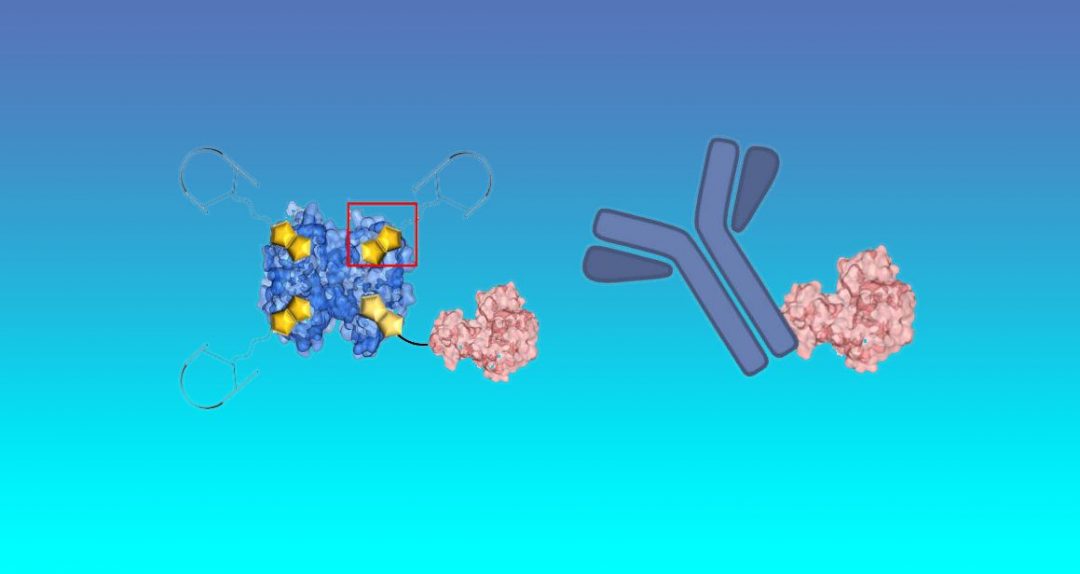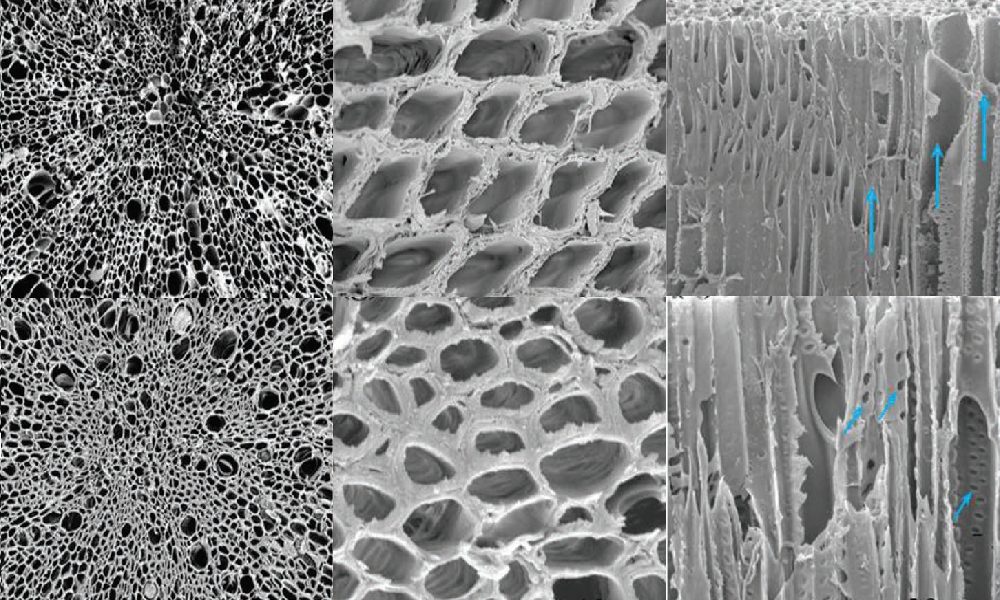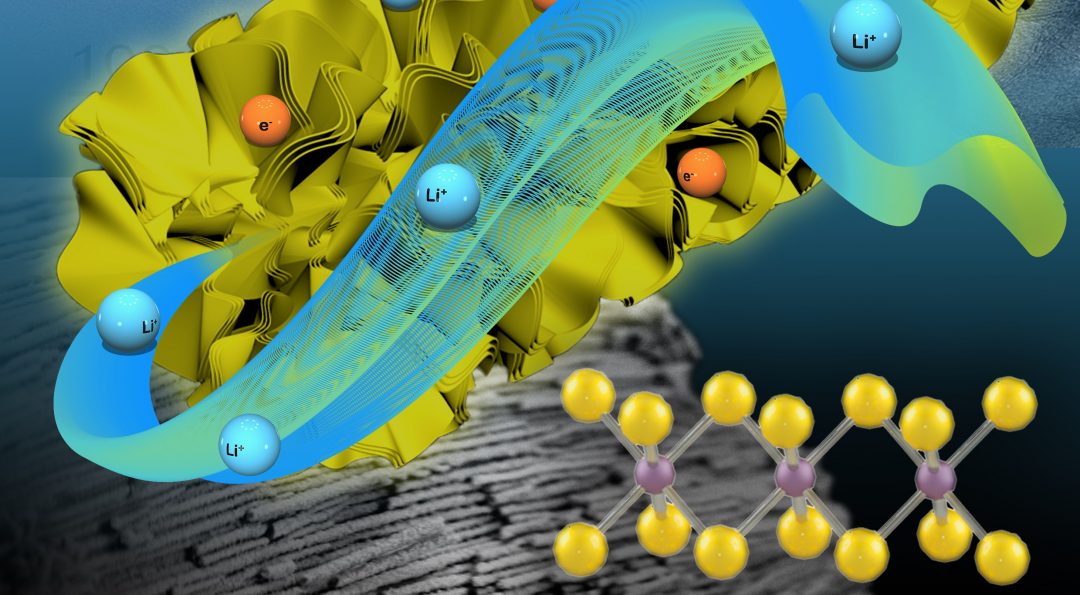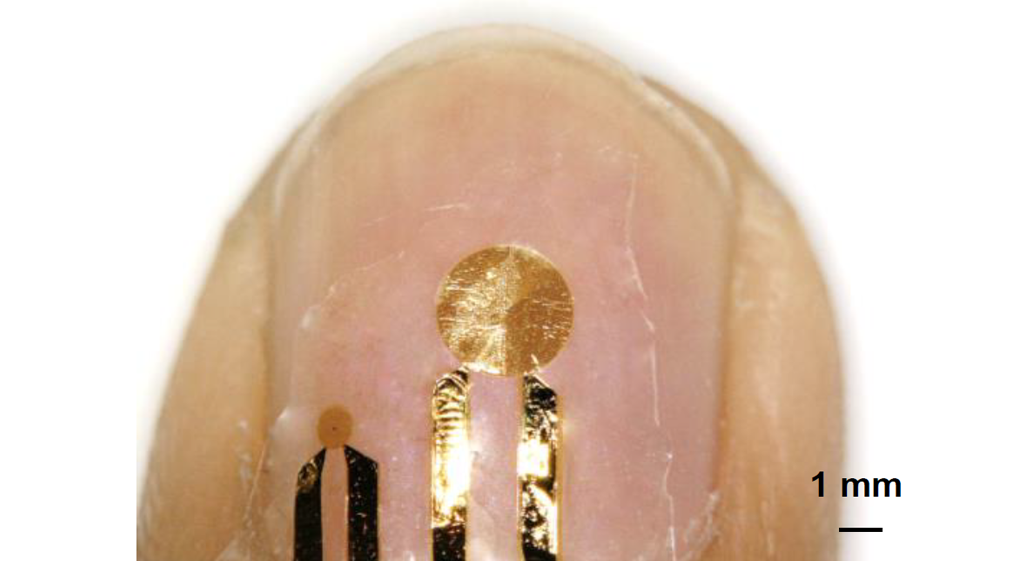A team of German researchers created a new multimodal system for rapid, noninvasive in vivo skin cancer screening is presented, combining optical coherence tomography (OCT) and optoacoustic (OA) modalities to provide precise tumor depth determination with a Raman spectroscopic modality capable of detecting the lesion type and, thus, providing diagnostic capability.





![Biofilm-Inspired Fabrication of Complex Nanostructures [Video]](https://www.advancedsciencenews.com/wp-content/uploads/2018/06/adma201705968_ASN_image.jpg)



![High-Volume Scaffolds for Tissue Regeneration [Video]](https://www.advancedsciencenews.com/wp-content/uploads/2018/06/adma201706570_ASN_image.png)










